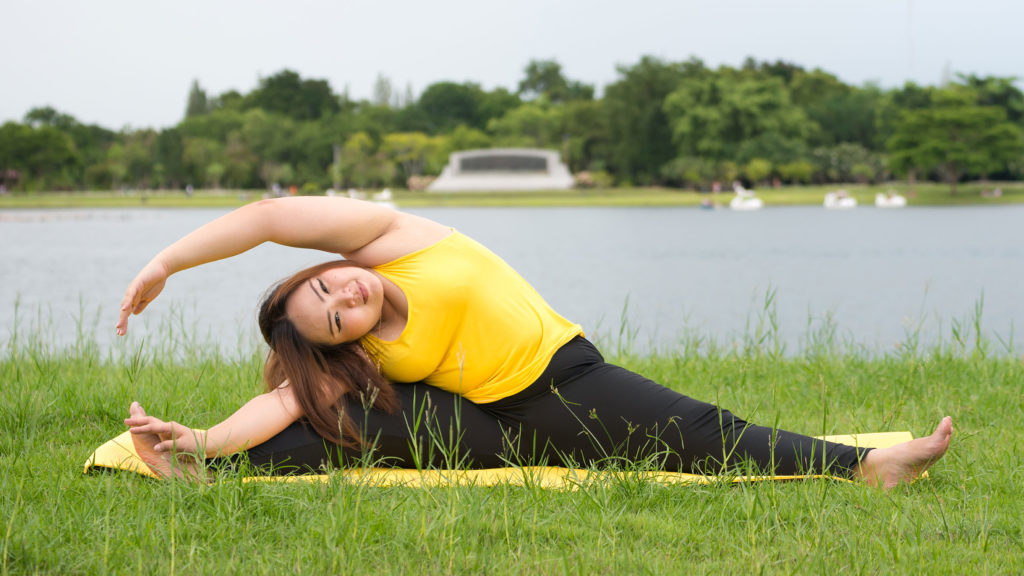
Exercise and Type 2 Diabetes
Did you know that diabetes affects nearly one-tenth of the U.S. population—a widening epidemic with more than 5,000 new cases per day (ADA 2013)? Type 2 diabetes, formerly called non-insulin-dependent diabetes or adult-onset diabetes, accounts for about 90% of diabetes cases (IDF 2014).
Do you have type 2 diabetes? The good news is that many people can manage their condition by exercising, following a healthy meal plan, losing excess weight and taking oral medications (Colberg et al. 2010). But what kind of exercise should you do? Matthew J. Aguilera, a graduate of the exercise science program at the University of New Mexico, Albuquerque (UNM), and Len Kravitz, PhD, the program coordinator of exercise science and a researcher at UNM, shed light on this topic.
What Type of Exercise Is Best?
Recent research has shown that resistance exercise is as important as, and perhaps even more important than, aerobic training in diabetes management (Colberg et al. 2010). An increase in muscle mass resulting from resistance training can contribute profoundly to glucose uptake. However, a combination of aerobic exercise and resistance training is more effective for blood glucose control than either type alone (Colberg et al. 2010).
(For help in developing a personalized exercise plan, contact a certified personal trainer.)
Aerobic Training
For cardiovascular exercise, consider these recommendations:
Frequency. At least 3 days a week with no more than 2 consecutive rest days (because of the transient nature of exercise-induced improvements in blood glucose uptake). Colberg et al. (2010) say current guidelines recommend five sessions of moderate activity per week.
Intensity. At least moderate, approximately 40%–60% of maximal aerobic capacity (Colberg et al. 2010). Brisk walking and other “somewhat hard” exercises usually qualify as moderately intense for most people with type 2 diabetes (Colberg et al. 2010). Gradual increases in intensity yield more health benefits. Training intensity is a better predictor of improved blood glucose control than training volume, so increase intensity before increasing volume (Colberg et al. 2010).
Duration. At least 150 minutes per week at moderate intensity or higher. Activities should last at least 10 minutes and be spread throughout the week.
Mode. Aerobic exercise like elliptical training, stair stepping, brisk walking and cycling that tire large muscle groups and cause sustained increases in heart rate are likely to be beneficial. Try several different modes of aerobic exercise.
Resistance Training
Keep these recommendations in mind when you strength train:
Frequency. At least twice weekly on nonconsecutive days (Colberg et al. 2010); ideally at least three times a week.
Intensity. For optimal gains in strength and insulin action, resistance training should be performed at moderate intensity (50% of 1-repetition maximum) or vigorous intensity (75%–80% 1-RM) (Colberg et al. 2010).
Duration. Five to 10 exercises performed for the major muscles of the upper/ lower body and core with at least 10–15 repetitions performed to near fatigue (Colberg et al. 2010). In time, resistance load should increase so you can attain momentary muscular fatigue with 8–10 reps. A minimum of 1 set to near fatigue is encouraged, but 3–4 sets are recommended for optimal strength gains (Colberg et al. 2010).
Mode. Use resistance machines and/ or free weights for gains in strength and mass (Colberg et al. 2010). For optimal blood glucose regulation, heavier weights or resistance may be required as strength increases (Colberg et al. 2010).
Progression. To prevent injury, lift weights slowly. Once the target number of repetitions can consistently be exceeded, gradually increase your resistance (Colberg et al. 2010).